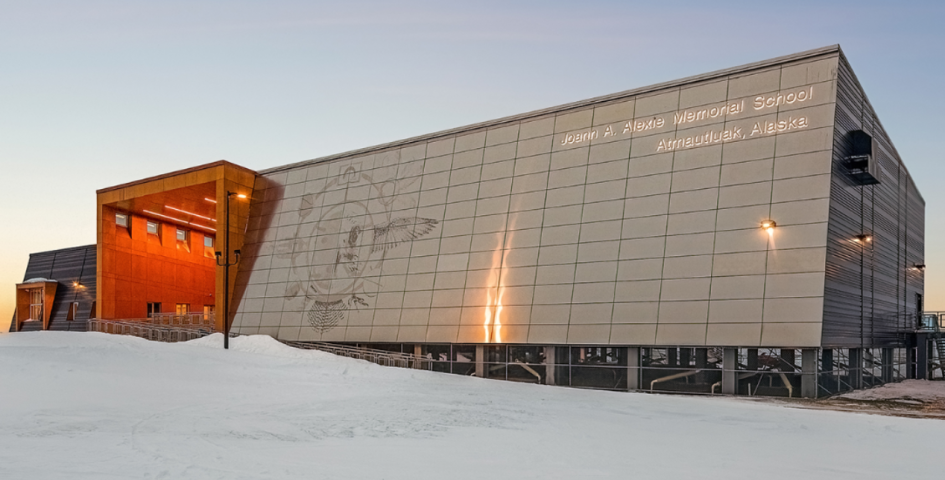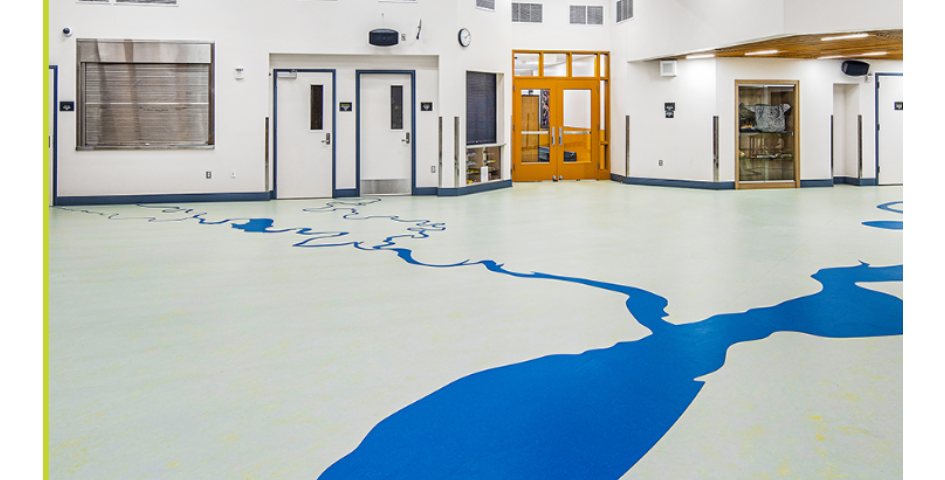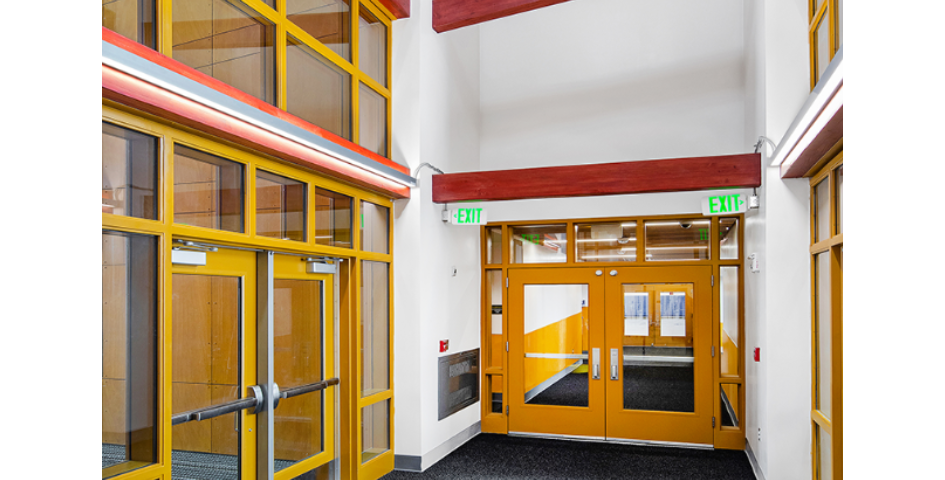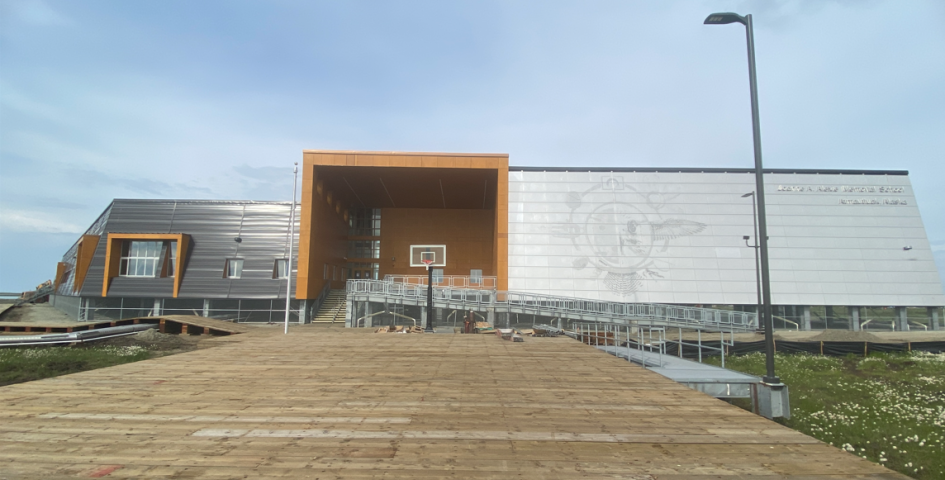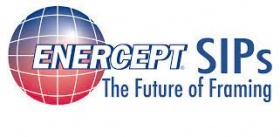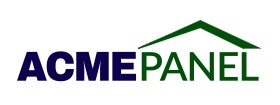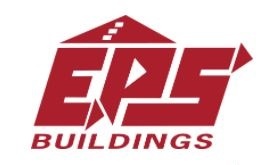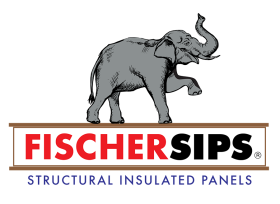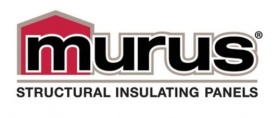SIP School and Community Center Atmautluak AK
Location: Atmautluak, AK
Project Information
| Project Type: | Commercial, Other Commercial |
|---|---|
| Manufacturer: | Premier Building Systems |
| Builder: | Spenard Builders Supply |
| Design Professional: | Jobe Paul Bernier, Nvision Architecture |
| Year Built: | 2023 |
Performance
| High Performance: | No |
|---|---|
| HERS/EUI Index Score: | |
| ACH50 - Blower Test Results: | |
| kBtu/sq.ft./year: | |
| CO2 lbs./sq.ft./year: |
Awards/Certifications: Building Excellence Awards
BEA: 2024 Building Excellence Award - Classic Winner
Building use:
K-12 Education (during school year), Community Center (weekends and summers)
How did SIP construction help you get this job?
A big key was the environmental considerations - where Alaskan natives place a high value on environmental sustainability. SIPS provided an environmentally friendly product which would contribute to energy-efficiency and reduce overall environmental impact of the build.
SIP wall thickness: 8" typical at walls, 12" at angled walls, 8" at soffits below the school.
SIP roof thickness: 12”
Describe the benefits of using SIPs on this project. Did SIPs help save time, labor, construction costs, or energy?
-building exceeds energy code and chapter 5 of ASHRAE 90.1
Describe any innovative design elements or structural engineering involved:
The school is lifted up 8'-8" to accommodate wind flow under the school for thermosyphons next to each buried pile. (Thermosyphons passively help keep the ground frozen for greater structural stability in permafrost). To help support the thermosyphons' with needed wind flow in winter, the utilidor under the school is typically constructed with angled SIP walls (instead of vertical) to make the school aerodynamic below the main level.
The large angled walls typically face west which aligns with spring wind direction and also making the building aerodynamic above the roof in a flat, high wind region with no trees or mountains nearby to disrupt Winds from the Bering Straits.
Please list any certifications the project received, such as ENERGY STAR, LEED, National Green Building Standard, WELL, Passive House, Green Globes or local green building programs:
With architectural, mechanical, and electrical design collaboration, the project achieved the Federal Tax Rebate 179B for high-performance energy efficiency.
HVAC: Hydronic heating from a boiler building. 2nd floor interior air handling units in Mechanical rooms.
Describe any other energy-saving materials used in the building envelope other than SIPs. List U-values of windows used and the U or R-value of any insulation materials.:
Triple-pane, euro-style windows made in Alaska. U=.30 BTU/SF x H x deg F.
Please list any energy-efficient products or design features, such as lighting, hot water heating, appliances, passive solar:
All interior and exterior lighting is LED.
Nvision worked closely with the school district to develop a minimalist design that blends modern architecture with traditional Yup’ik structural forms. It reflects Atmautluak environment and the Yup’ik culture of the people it serves. The building is raised above ground, similar to Yup’ik caches, and the main entrance is reminiscent of a Yup’ik sod house facade. The shape of the school is intended to reduce snowdrift at entryways, with much of the building pointed into the primary north wind. The west walls are angled like a snow fence to accommodate the late winter winds from the northwest. A utility corridor under the floor of the central hallways protects new infrastructure from the elements with angled walls to improve airflow, minimize snowdrifts, and improve the performance of the thermosiphon system. An image of a traditional mask, directly inspired by student art, is celebrated across the gymnasium exterior.
Please list any sustainable materials or design features not listed above, such as recycled materials, low-VOC finishes, landscaping, etc.:
All low VOC finishes, natural landscaping
Any additional comments on the project:
The Joann A. Alexie Memorial School physically demonstrates that the residents in remote Atmautluak, Alaska are a modern people with an ancient and sacred Yup’ik culture. 20th century modern architecture theory often rejected culture and history as sentimentalism, yet this school’s architecture is consistent with the character of Atmautluak’s community by providing sophisticated modernist architecture while fully embracing Yup’ik culture and architecture.
Accommodating both historic climate and contemporary urban character, the school’s long plan first faces into the north winter wind to minimize snow drifts, then angles southeast to reach out and embrace the existing linear urban grid formed by boardwalks and neighboring houses. Modern interpretations of ancient architecture create the school’s massing and character. The main entry of the school follows the large rectilinear main facade of Yup’ik sod houses (ena), and its angled walls are consistent with angled exterior walls of historic sod houses while also aerodynamic in regional high winds. Vibrant colors found both inside and outside the school are found in historic Yup’ik masks. Consistent with elevated Yup’ik caches (qulvarvik) which store and protect important resources above the tundra, the school is also raised for coordination with thermosyphons while also demonstrating the importance of students, staff, and community gathering. Sacred masks were once rejected by missionaries; yet are now celebrated with an enormous, perforated mask image on the exterior of the Gymnasium inspired by a sketch from Atmautluak student William Pavilla. Each classroom features acoustic panels above teaching walls featuring beautiful line art unique to each room by Yup’ik artist John Oscar.
The envelope of the building is designed with 12” nominal structural insulated panels at the roof and at angled walls. Remaining vertical walls and the underside of the raised school are wrapped in 8” nominal SIPS, and the SIPS at the underside of the school have unique angled SIP walls at its utilidor that encourage wind flow under the school in support of wind flow to the foundation’s thermosyphons. All SIP walls are designed with full rainscreens, and the SIP roof is over-framed and fully vented. Euro style triple-pane fiberglass windows made in Alaska adorn punched openings. The integrated architectural, mechanical, and electrical design, along with thoughtful execution by UIC Construction, make the school highly energy efficient and qualify it for the federal 179D Commercial Buildings Energy-Efficiency Tax Deduction.
Documents
- Other: 2024-BEA-SIP-School-and-Community-Center-Atmautluak-AK.pdf
- Other: SIP-School-and-Community-Center-Atmautluak-AK-Documents-Revisions-from-95-Set.pdf
- Other: SIP-School-and-Community-Center-Atmautluak-AK-Documents-Volume-II.pdf

